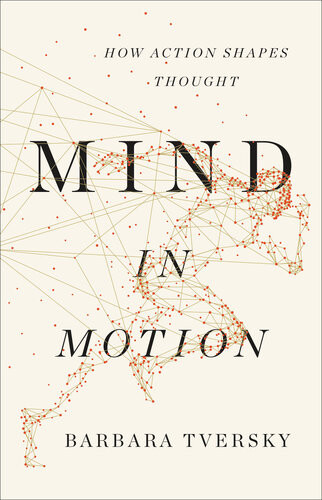

Most ebook files are in PDF format, so you can easily read them using various software such as Foxit Reader or directly on the Google Chrome browser.
Some ebook files are released by publishers in other formats such as .awz, .mobi, .epub, .fb2, etc. You may need to install specific software to read these formats on mobile/PC, such as Calibre.
Please read the tutorial at this link. https://ebooknice.com/page/post?id=faq
We offer FREE conversion to the popular formats you request; however, this may take some time. Therefore, right after payment, please email us, and we will try to provide the service as quickly as possible.
For some exceptional file formats or broken links (if any), please refrain from opening any disputes. Instead, email us first, and we will try to assist within a maximum of 6 hours.
EbookNice Team

Status:
Available0.0
0 reviewsquivering molecules in your desk moved in sync, the desk would leap from
the floor. Even sedentary plants grow and sway and turn toward the sun and
open and close. They have to; they would die if they didn’t move. Space
places two fundamental constraints on movement, constraints that are
reflected in thought: proximity—near places are easier to get to than far
ones; and gravity—going up is more effortful than going down.
Thought, too, is constantly moving, and sometimes hard to catch. Ideas
leapfrog over ideas. But there it is: idea. I’ve frozen it, reified it into
something static, the only way to catch it. From the never-ceasing flux
around us, we carve entities out of space and out of time: people, places,
things, events. We freeze them, turn them into words and concepts. We
change those moving things into static things so that we can act on them
with our minds.
Constant motion in space is a given, the background for everything that
has happened and that will happen. No wonder it is the foundation of
thought. Action in space came long before language, as did thought based
on action in space.
Our actions in space change space, change ourselves, and change others.
Our actions create things we put in space that change us and others. They
change our thought and the thought of others. The things we create (like
these words) stay there, in space, changing the thought of people we will
never know and can’t even imagine.
We don’t just freeze the stuff in space and time. We study its form and
look for its structure: in our bodies, in our actions and reactions, in the
world, in the events that happen in the world, in the language we speak. We
find the parts and how they connect to form a whole. The parts and how
they fit together tell us what the things can do and what can be done with
them. We look for patterns, lines, circles, shapes, branching. We create
structure, too, in actions, in talk, in communities,
…